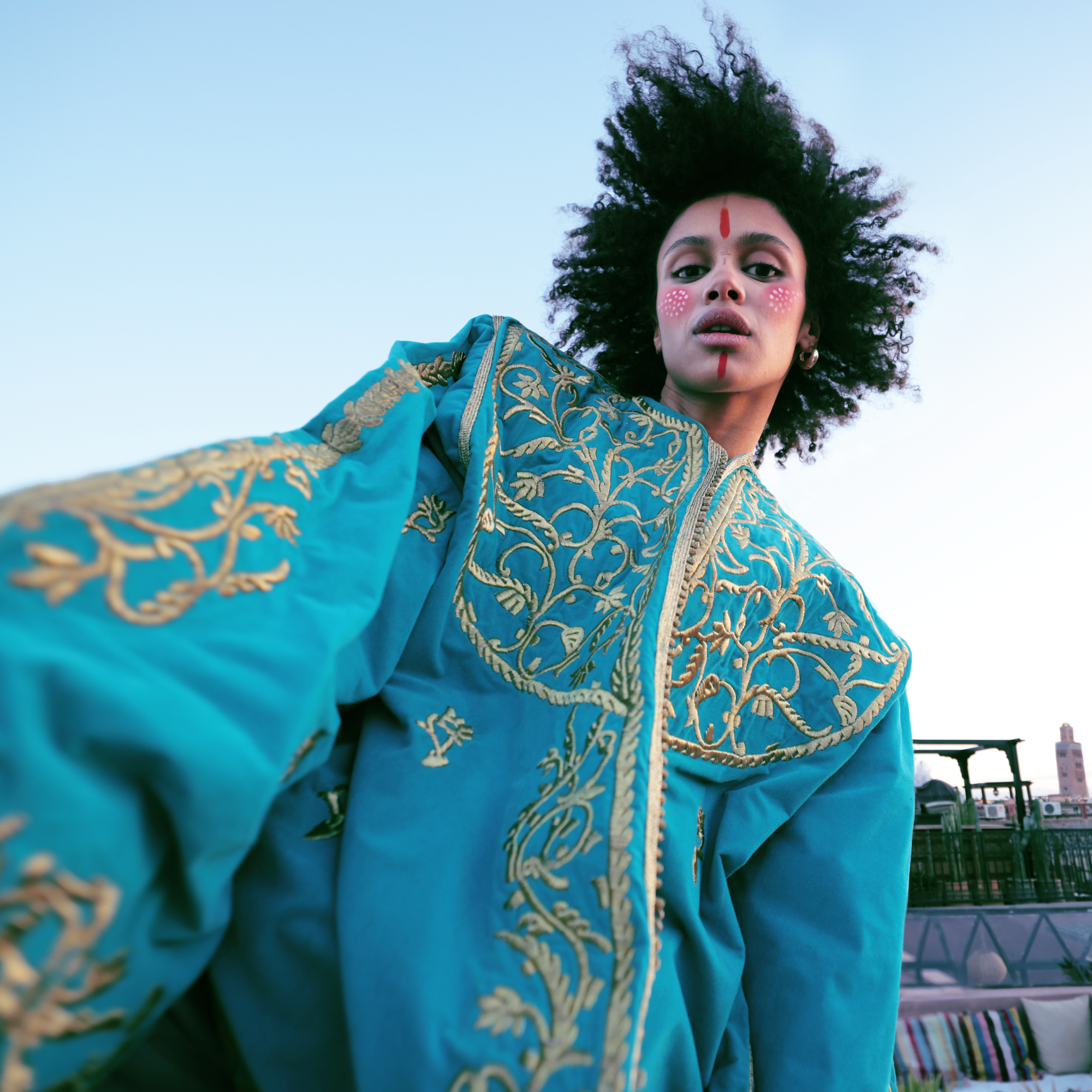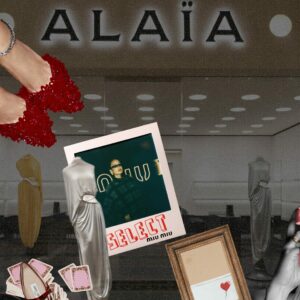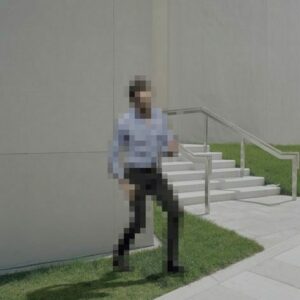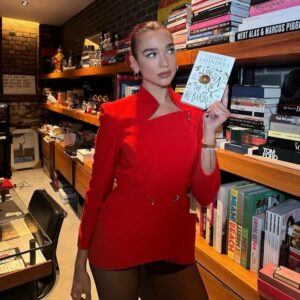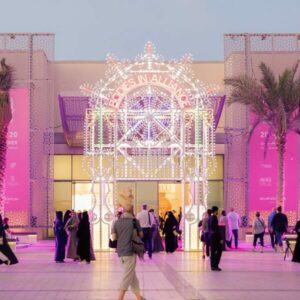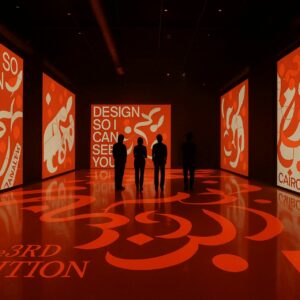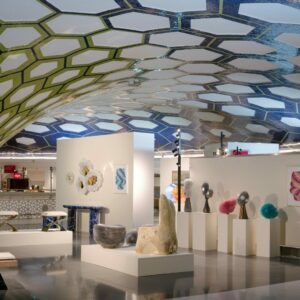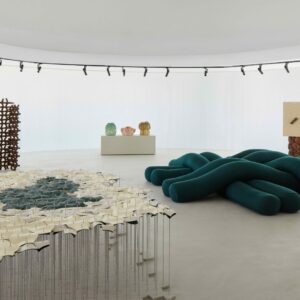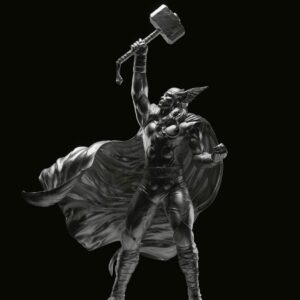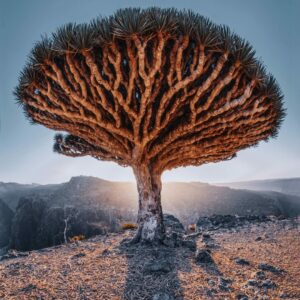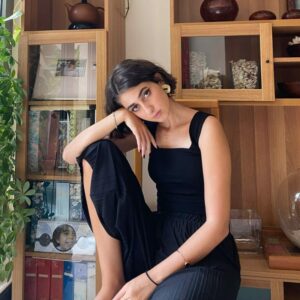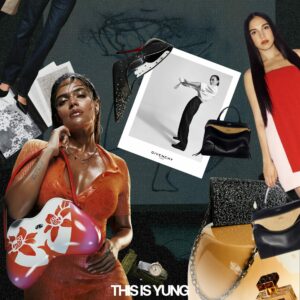Moroccan filmmaker and photographer Sara Benabdallah (Instagram) embraces the similarities between her homes of New York City and Marrakesh to tell tales of her country’s heritage and culture.
What themes are explored in your work?
The most important thing to me is to represent my culture in my work. Living in America for about 9 years was eye-opening, because of how little westerners knew about Morocco. So I made it my mission to share the incredible stories of Moroccan people and to break the stereotypes that foreign people may have about Morocco. One of the themes that I find myself going back to is nostalgia. I had a really happy childhood, growing up in the Medina, the old part of the city of Marrakech, and experimenting with this theme allows me to reconnect with my roots.
Where did your love for visual storytelling begin?
My love for documenting life began at a very early age. My family had a business renovating historical Moroccan riads into bed and breakfasts and we used to live in the same riads as the tourists that would come to visit. Most of the tourists we would host were painters and photographers. So I was surrounded by creative people at a very young age and it grew from there.
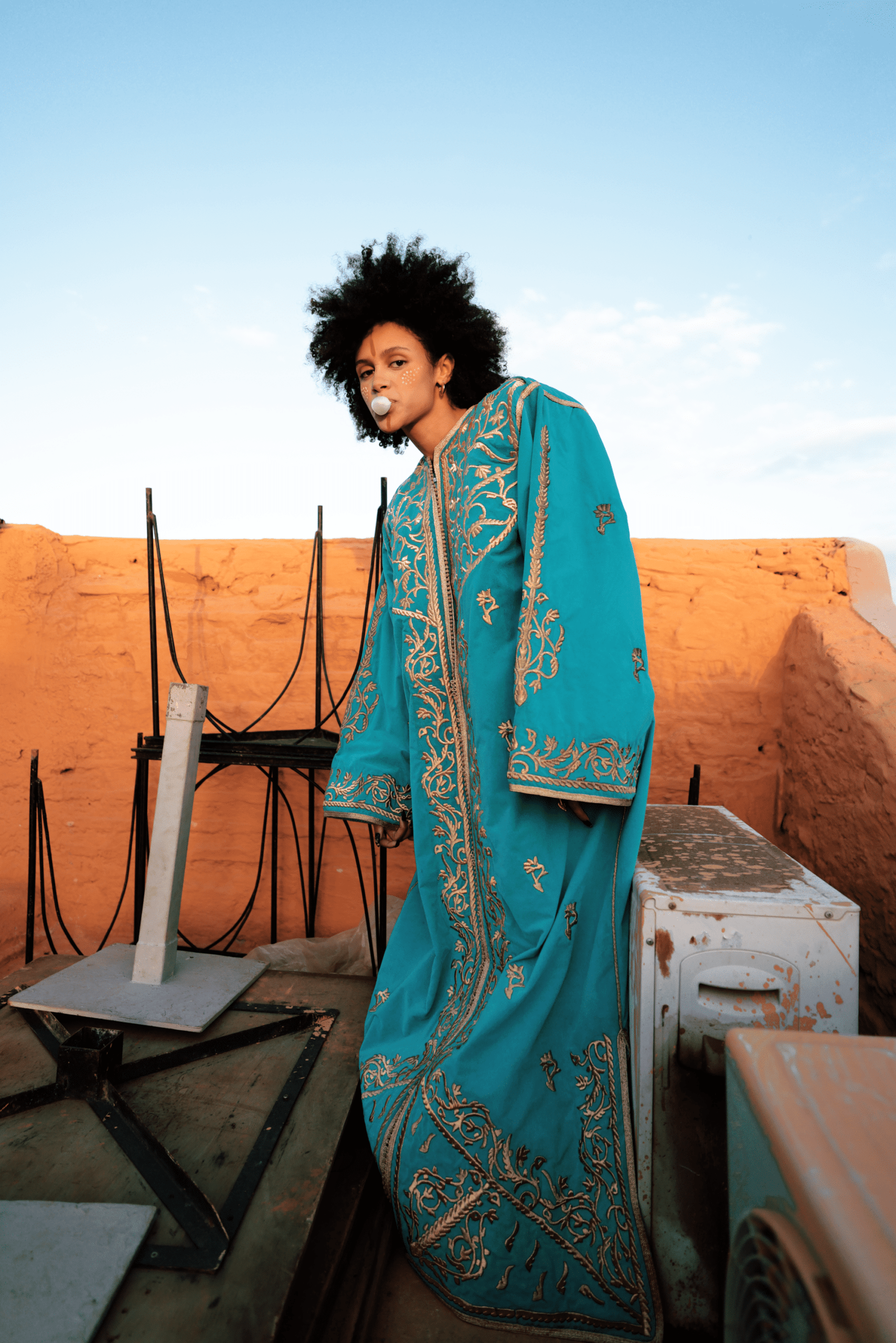
Based between Marrakech and New York, you’re part of two immensely colourful cultural and visual landscapes. Do you ever feel there are crossovers between the two cities and how they inform your work?
All the time! The most exciting part to me is finding those crossovers and experimenting with them. Most people don’t realise it, but Marrakech and NYC are more alike to me than they are different. Both cities are very hectic and loud and they are magnets for all sorts of creative people.
How has your relationship with home shifted after living in New York?
It has been such a wonderful experience of re-discovery. After being away for so long, I have gained a new perspective, there is so much that I appreciate even more about my home. I’m blessed to be from a country that’s so rich in history and culture… . As an artist that’s where I find endless inspiration.
Your work often removes its subject from their environment and places them in alternate contexts. What inspires this manipulation of visual landscapes that’s present throughout your work?
Living in-between two different countries hasn’t always been easy. I love my home country, but I also feel a deep connection to NYC. For the longest time I felt like I had to choose one or the other and that’s not easy. The idea to photoshop an American model that I shot in the US and change her environment to the Sahara desert was a way for me to have the best of both worlds.
What sources of inspiration do you draw from when creating your ‘Custom Frames’ and the images that live inside them?
The idea for ‘Custom Frames’ came at a very dark time during the quarantine era. It was winter and I was stuck in the Midwest. It was also around the same time I finished school and, for the first time in my life, I didn’t know what I wanted to do next. The ‘Custom Frame’ series is about breaking boundaries and borders using unconventional materials that you wouldn’t necessarily associate with a frame. Building things with my hands is something that I enjoy doing and it helps me connect with my home country, because craftsmanship is something that I grew up around, so the sculptural element of building the frames helped me connect with home in a time of disconnect.
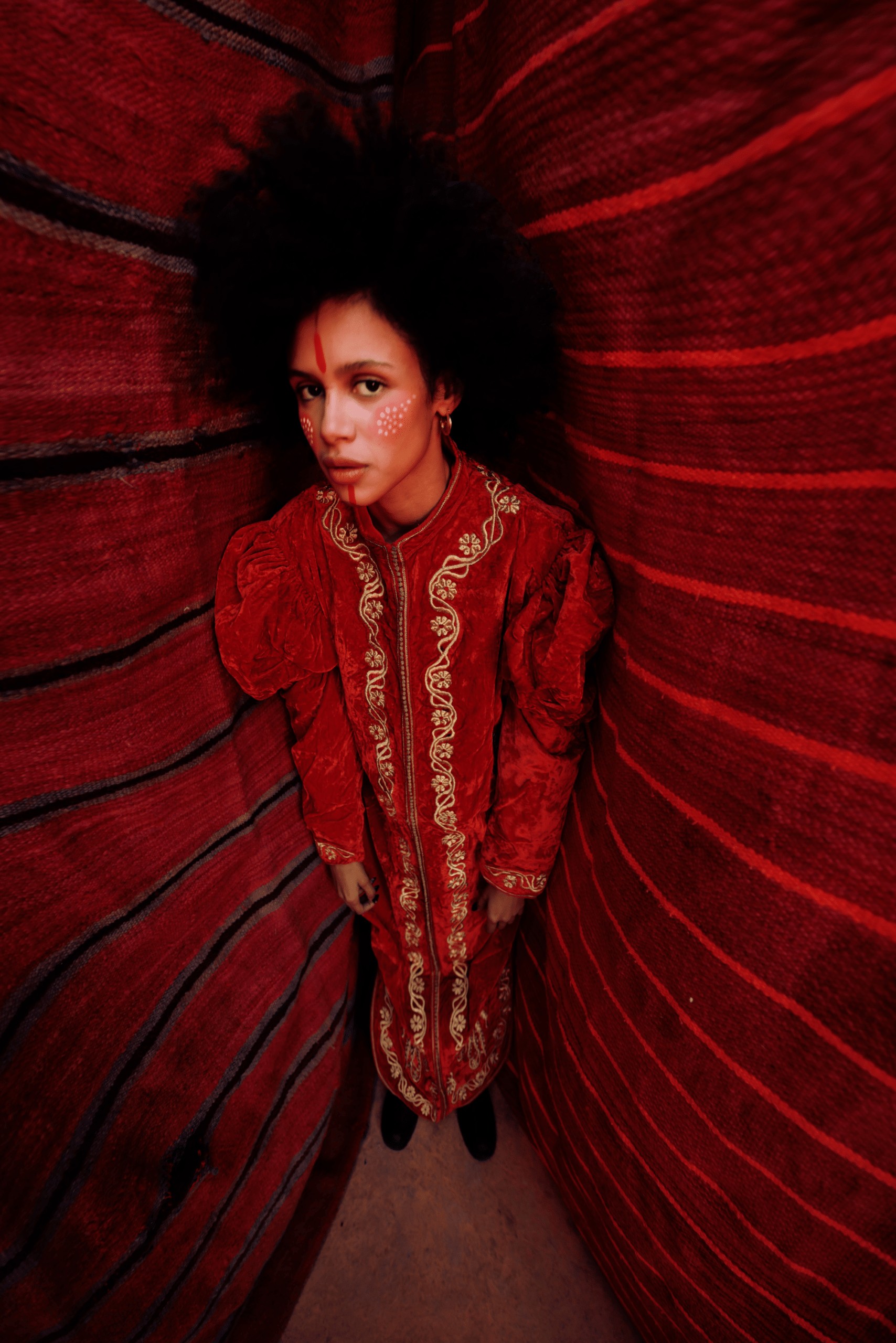
What elements do you seek out when sourcing the diverse range of materials you work with?
Because ‘Custom Frames’ is a new project and I’m still experimenting with it, I try not to think too much about the material. It’s more like I walk past something and if it sparks an idea I collect it and put it on the side until the right photograph comes.
Tell us about a moment in your journey that you are proud of.
I think my proudest moments are when my family sees some of my work shared on a social media platform and they send it to me with an encouraging message. Family is important, without them I wouldn’t have the freedom to do what I do. I know how hard it is, in Morocco specifically, to have a family that supports your artistic endeavours and I try not to take that for granted.
What message do you hope to contribute to growing conversations on contemporary art and culture in the SWANA region?
There is a lot that I admire about my country. I think we’re blessed to be part of a country that’s so rich and diverse in culture, nature… but there is a lot that needs to get better in terms of gender equality, historical preservation, and environmental issues. I hope that I can create some content that will inspire Moroccan people to care more about these important issues.
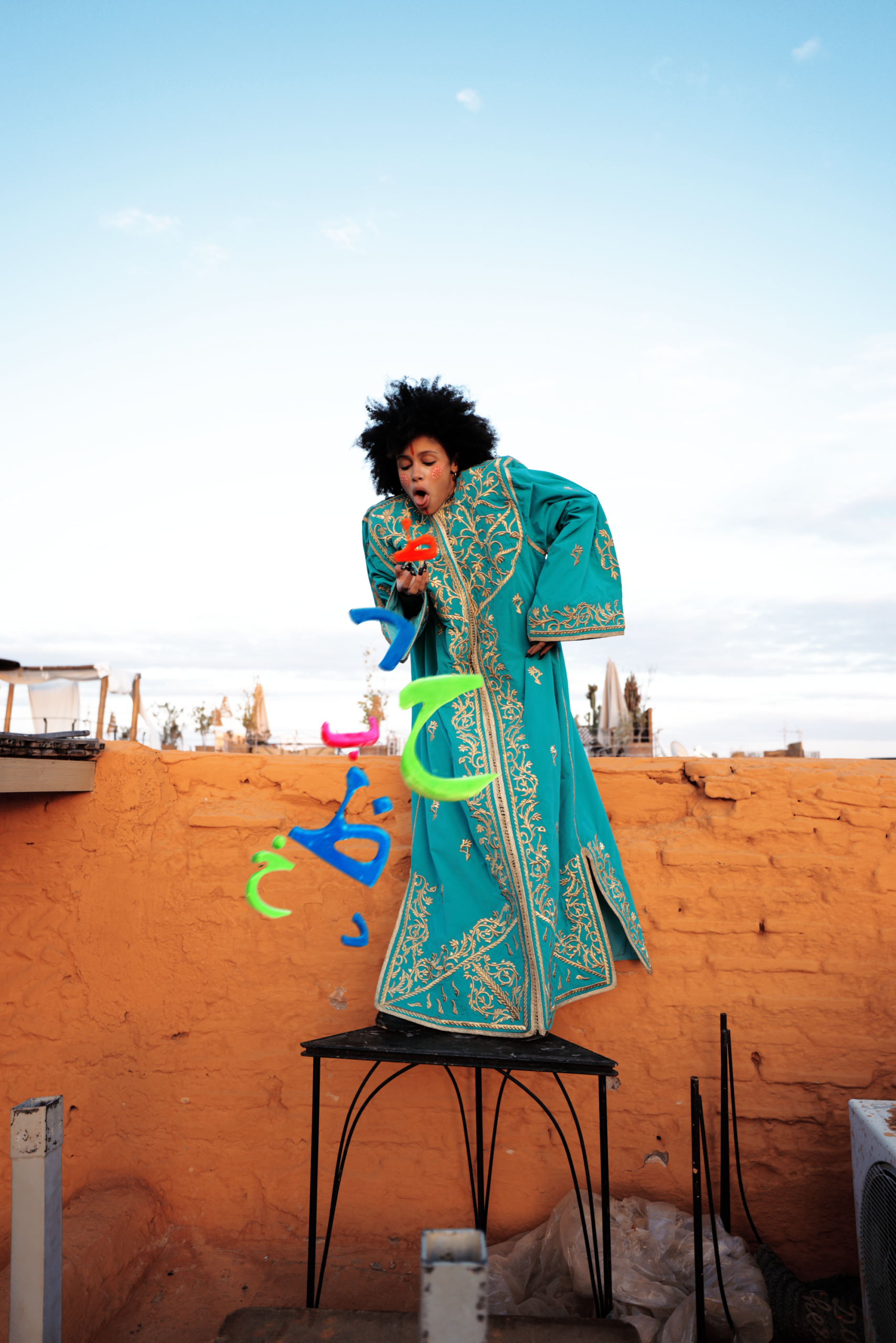
What aspirations do you have for the future of your practice?
My aspirations for the future are to keep learning and to get better at creating art that Moroccan people can connect with, and that non-Moroccans can discover [more] about our diverse country.
Discover all the latest art news from the region, including interviews with creatives like Sara Benabdallah, on our Art & Culture pages.
